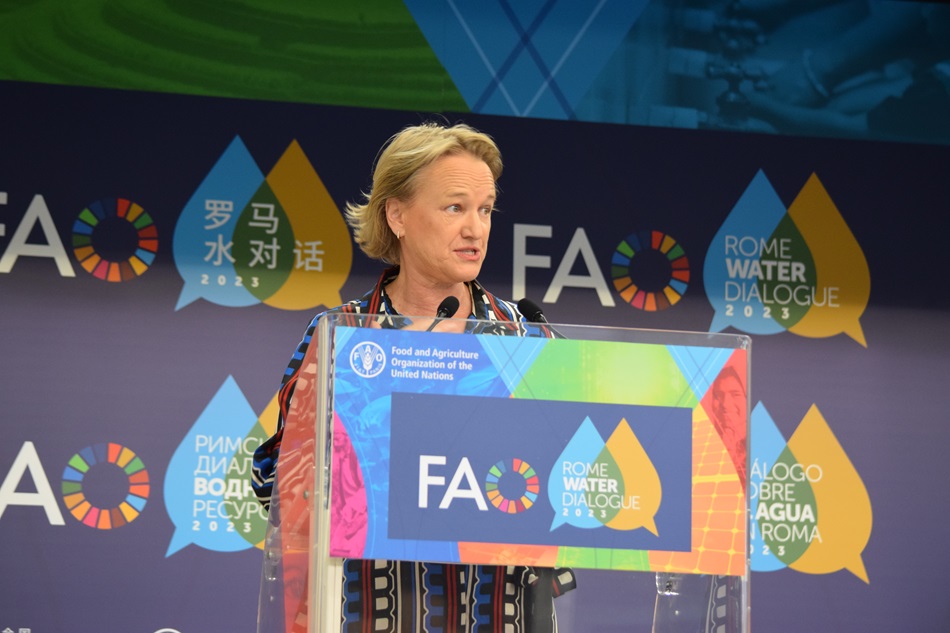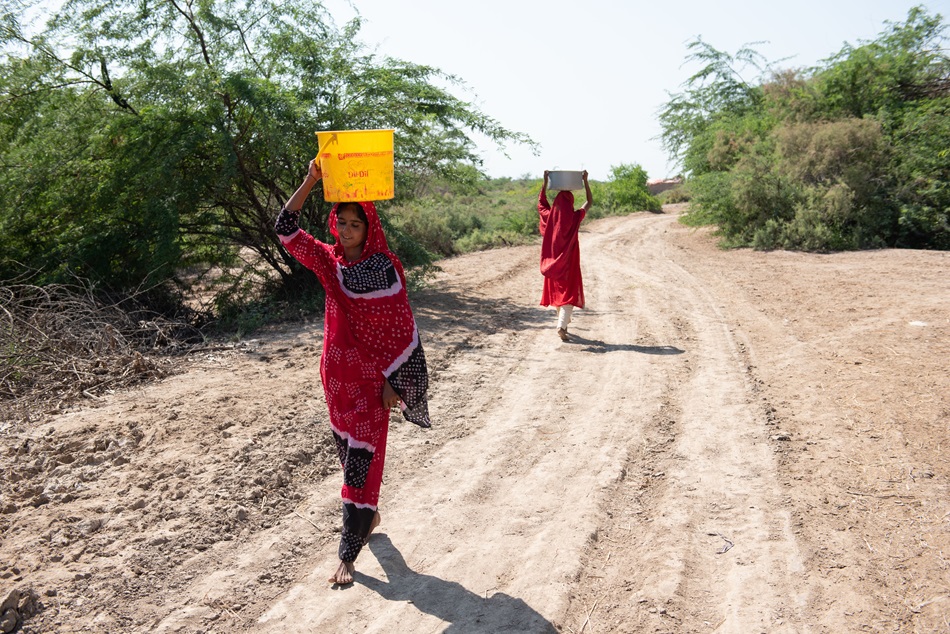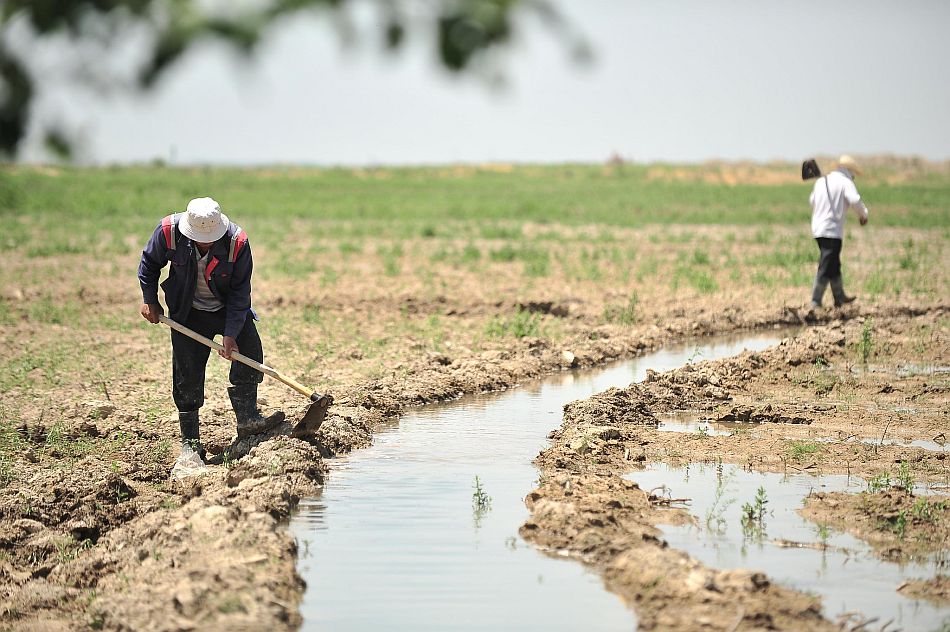The case of Ziway-Shala, Ethiopia
Alemseged Tamiru Haile and Eva Ludi (International Water Management Institute, IWMI)
Tabea Donauer, Tobias Siegfried and Silvan Ragettli (hydrosolutions ltd.)
Demelash Wondimagegnehu Goshime (Arba Minch Water Technology Institute)
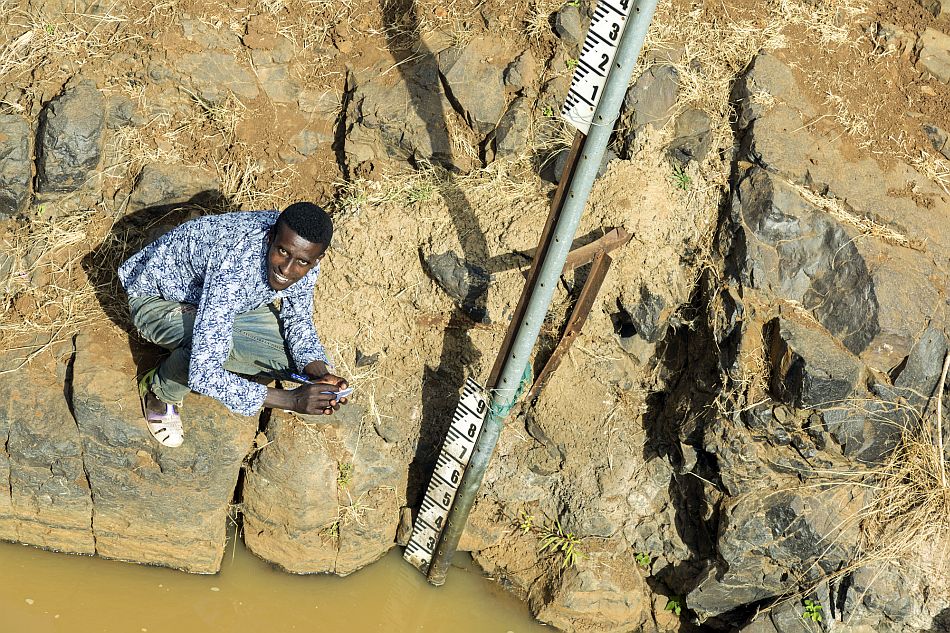
Rapidly increasing demand and uncontrolled use of water is threatening the water balance of the Ziway-Shala lakes system in Ethiopia’s Central Rift Valley. Yet patchy water data is making it difficult to plan future water allocation. A new IWMI Working Paper provides a Gap and Opportunity Analysis of Hydrological Monitoring in Ethiopia.
Water demand is driven by farmers, investor-led agri-businesses and government policy to rapidly scale up export-oriented, intensive agriculture and manufacturing. As our Working Paper shows, we are already witnessing the impact of these competing demands, with Lake Abijata, losing nearly two-thirds of its surface water area over the last two decades.
Recently, donors and non-governmental organizations have recognized the importance of supporting the Rift Valley Lakes Basin Development Office (RVLBDO) to prepare and implement a water allocation plan (WAP) for the Ziway-Shala sub-basin. However the initiative is hindered by the absence of recent river discharge and lake water level data.
There is a six decade-long history of river discharge and lake water level monitoring in the area, indicating that the Ethiopian government recognizes the importance of hydrological data. However, the data is incomplete, thus researchers are not well equipped to prepare a WAP which introduces limits on water abstraction to safeguard the lake ecosystems. A recent study on the impact of water abstraction was forced to rely on river discharge and lake water level data collected before 2000.
As part of the SDC funded SAWEL project (improved food security and nutrition in the Sahel by safeguarding wetlands through ecologically sustainable agricultural water management), IWMI partnered with private sector company hydrosolutions to evaluate the current gaps – and reasons behind them. The resulting study identified opportunities for the improvement of hydrological monitoring in the Ziway-Shala sub-basin. Researchers interviewed RVLBDO staff and conducted field visits to stations to analyse strengths, weaknesses, opportunities and threats in the data collection process.
Key findings from the study include:
Most gauging stations are still operational in the sub-basin: Even though staff salaries are low, observers are generally motivated, and have received sufficient training to accomplish their tasks. Some of them have been taking measurements for 30 years, which makes them very knowledgeable about the history, challenges and opportunities of the gauging station.
At the main and branch offices of the RVLBDO, staff are mostly young and well-educated. If supported, these staff can bring rapid and significant improvements to the hydrological monitoring and data management approach.
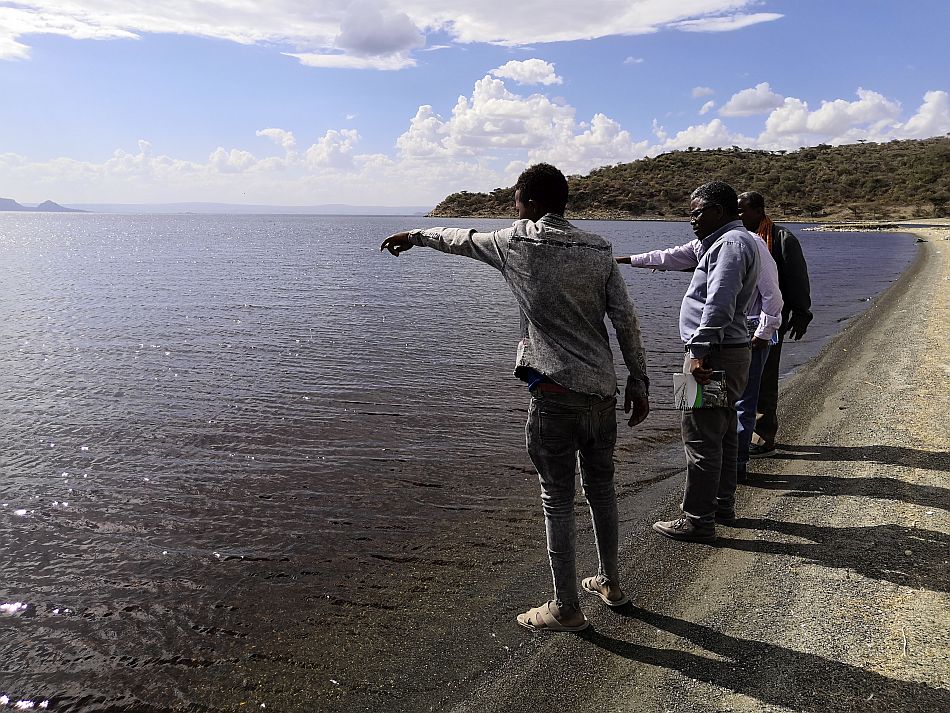
Critical gaps exist in the current observation process of river and lake water level: Observers are receiving only limited or no feedback to improve the data quality. Because no checks are done when observers submit data, it can be unreliable. Lack of maintenance of gauging stations is also a factor. Also, since RVLDBO has not assigned staff for the digitization of water level data, only hard copies exist. This has three implications: thorough data quality assessment cannot be undertaken, discharge data cannot be generated, and data cannot be made easily available to users.
Another factor is that the basin development office has not been equipped with adequate staff and resources to conduct regular measurements of the river flow velocity and to establish the relationship between river water level and discharge. As a result, the recorded water levels have not been converted to discharge data since 2016.
Lack or absence of coordination negatively affects the observation system: There is a weak linkage between the RVLBDO, local government and the community regarding river and lake monitoring. This led to absence of support from local government to minimize vandalization of stations and harassment of observers. Additionally, a lack of coordination between different donor-funded projects is causing confusion for the authorities and local population.
In the past, the Ministry of Water, Irrigation and Electricity (MoWIE) managed the Arba Minch Water Technology Institute (AWTI). However, the link between the two has weakened, leading to the termination of the program that trained hydrological technicians.
All of the above has been compounded with several rounds of restructuring of the BDA in recent years. IWMI is now expanding its research by investigating the institutional aspect of hydrological services with a plan to support the BDA in setting up processes to improve data collection and management.
The RVLBDO must tap existing opportunities: The priority of the RVLBDO is filling existing gaps in the traditional (manual) observation system. However, the data from the traditional system are not sufficient for improved planning and management of water resources. Our recommendations are to explore non-traditional data sources such as citizen science for decentralized data collection (examples include this water abstraction survey and this river water level data collection and interpretation), the use of technologies (for example crowd-sensing here and remote sensing analysis to generate lake storage, evapotranspiration and rainfall data).
In the coming three years, IWMI and hydrosolutions ltd will demonstrate how these opportunities can be realized to fill data gaps in the Ziway-Shala sub-basin, under the SAWEL program. We are also exploring additional partnerships to invest and support the RVLBDO to tap into existing opportunities such as use of technologies for flow velocity measurements and training the technicians. This will help to facilitate integration of the technologies in the regular monitoring system.










